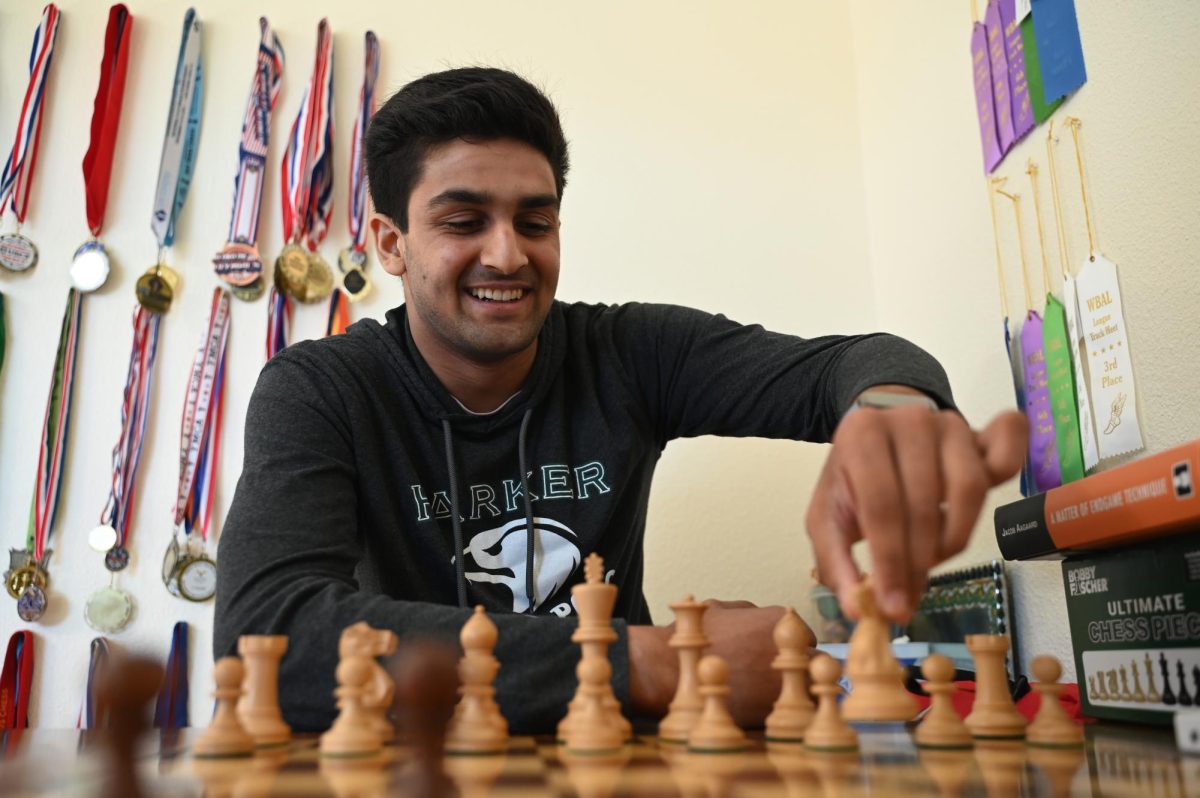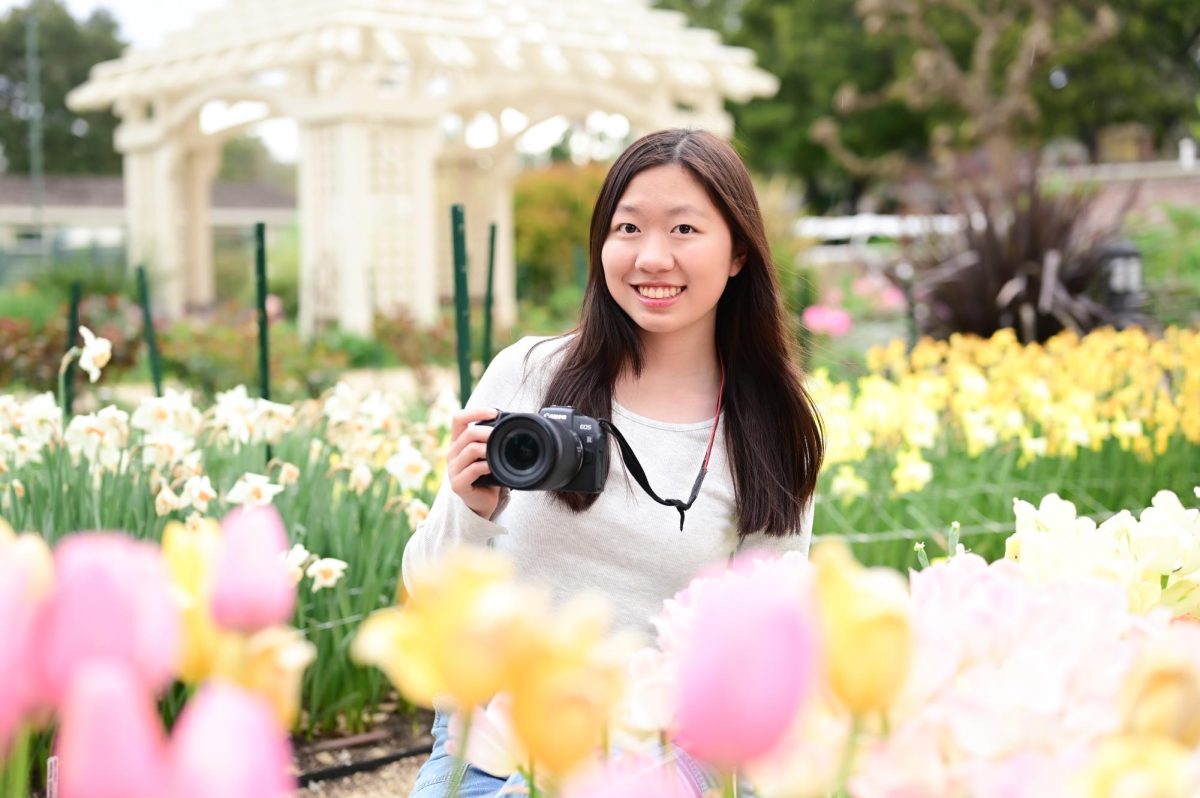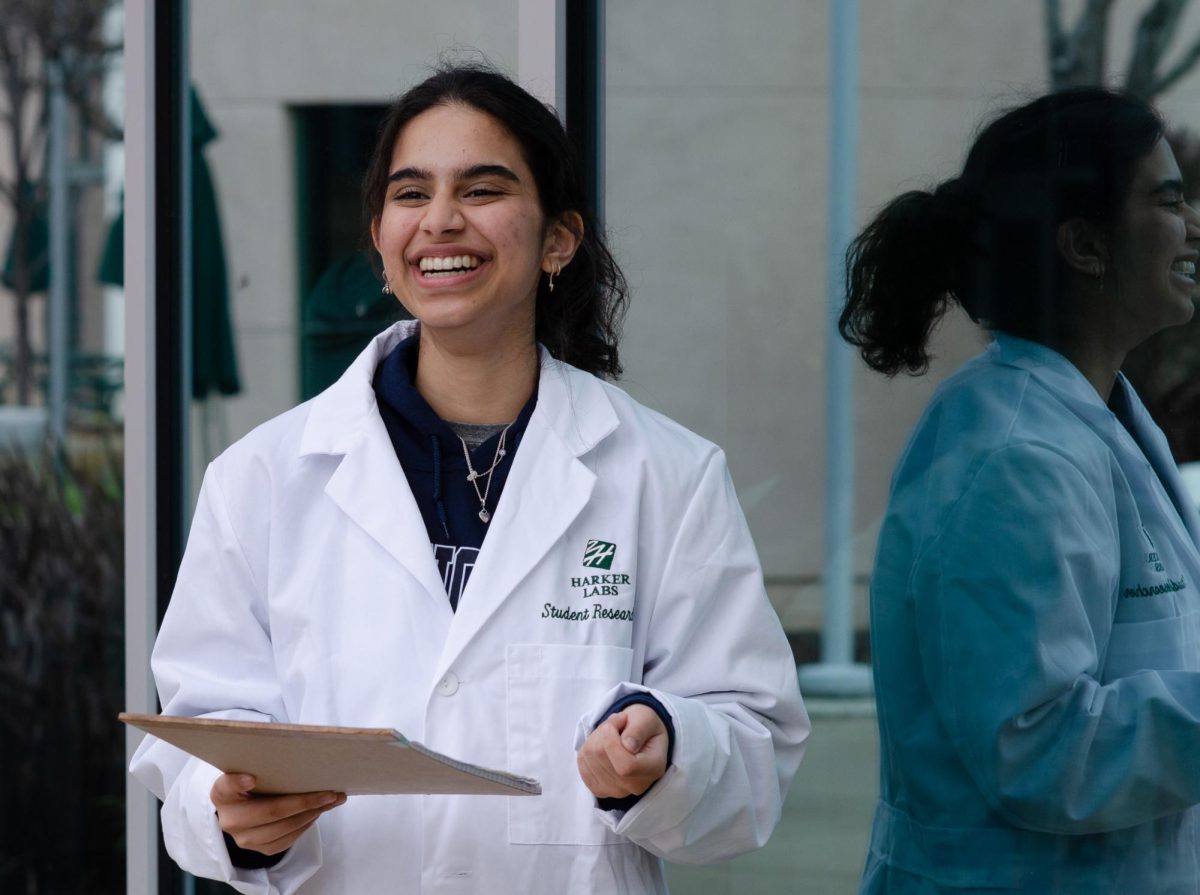Tesla to release version 8.0 of car’s software
September 16, 2016
Tesla CEO Elon Musk announced details about the release of Version 8.0 of the Tesla car’s software on Sunday, which will include major modifications to the Autopilot system.
The software upgrade will make the onboard radar, which is a part of the autopilot hardware, the primary control sensor. Since the autopilot hardware was first added to Tesla Model S vehicles in October 2014, the radar has served as a supplementary sensor to the image processing system and main camera.
News of the update came after 40-year-old Joshua Brown was killed in a car accident while using the autopilot function on a Model S on May 7 in Williston, Fla. The cameras on his vehicle were not able to identify the white side of a trailer and activate the brakes.
Elon Musk spoke about how the accident could be prevented with the new software in a conference call with reporters.
“These things cannot be said with absolute certainty, but we believe it is very likely that, yes, it would have [been prevented],” he said.
Tesla Model S driver Vedant Shah (11) commented on Elon Musk’s reaction to the fatal incident and the new software.
“[Musk] said that the radar detection system would be able to prevent that from happening again, so it makes it a lot safer compared to what was there before,” he said.
Although the radar is able to sense objects through weather conditions, such as fog and snow, it processes people as translucent and wood and plastic as fairly transparent. The radar is particularly sensitive to dish-shaped metal surfaces; as a result, the autopilot system could cause the car to brake more often than necessary by amplifying the signal on small, curved metal objects.
In order to prevent unnecessary braking, Version 8.0 will contain more information for radar objects by having a more complete point cloud, or set of data points containing information about radar objects. The car will also put together radar snapshots taken every tenth of a second and form a 3D representation of surroundings. On their website, Tesla claims these snapshots will “the car [to] tell if something is real and assess the probability of collision.”
In complex situations where the car would brake in autopilot but the driver takes a different action, the car adds the situation to the Tesla Database. Based on the data, the Tesla will modify its braking to be more accurate to prevent collisions.
“[Autopilot] kind of scares me because if anything goes wrong with the whole situation, there could be a crash,” Srija Gadiraju (10) said. “As long as the [driver] is being attentive of what’s going on, it should be fine.”
Additional upgrades that come with Version 8.0 include increased braking max ramp rate, improved auto lane changeability, improved cut-in detection and over 200 other minor changes.
“I think self-driving cars [are] a great idea,” Computer Science teacher Susan King said. “I suspect that it will be more fuel efficient; there will be a lot less accidents per mile. I do think there are conditions in which it may be difficult to incorporate a good response in the algorithms, however; people also make mistakes.”
Version 8.0 is expected to be released sometime this fall.


















![“[Building nerf blasters] became this outlet of creativity for me that hasn't been matched by anything else. The process [of] making a build complete to your desire is such a painstakingly difficult process, but I've had to learn from [the skills needed from] soldering to proper painting. There's so many different options for everything, if you think about it, it exists. The best part is [that] if it doesn't exist, you can build it yourself," Ishaan Parate said.](https://harkeraquila.com/wp-content/uploads/2022/08/DSC_8149-900x604.jpg)




![“When I came into high school, I was ready to be a follower. But DECA was a game changer for me. It helped me overcome my fear of public speaking, and it's played such a major role in who I've become today. To be able to successfully lead a chapter of 150 students, an officer team and be one of the upperclassmen I once really admired is something I'm [really] proud of,” Anvitha Tummala ('21) said.](https://harkeraquila.com/wp-content/uploads/2021/07/Screen-Shot-2021-07-25-at-9.50.05-AM-900x594.png)







![“I think getting up in the morning and having a sense of purpose [is exciting]. I think without a certain amount of drive, life is kind of obsolete and mundane, and I think having that every single day is what makes each day unique and kind of makes life exciting,” Neymika Jain (12) said.](https://harkeraquila.com/wp-content/uploads/2017/06/Screen-Shot-2017-06-03-at-4.54.16-PM.png)








![“My slogan is ‘slow feet, don’t eat, and I’m hungry.’ You need to run fast to get where you are–you aren't going to get those championships if you aren't fast,” Angel Cervantes (12) said. “I want to do well in school on my tests and in track and win championships for my team. I live by that, [and] I can do that anywhere: in the classroom or on the field.”](https://harkeraquila.com/wp-content/uploads/2018/06/DSC5146-900x601.jpg)
![“[Volleyball has] taught me how to fall correctly, and another thing it taught is that you don’t have to be the best at something to be good at it. If you just hit the ball in a smart way, then it still scores points and you’re good at it. You could be a background player and still make a much bigger impact on the team than you would think,” Anya Gert (’20) said.](https://harkeraquila.com/wp-content/uploads/2020/06/AnnaGert_JinTuan_HoHPhotoEdited-600x900.jpeg)

![“I'm not nearly there yet, but [my confidence has] definitely been getting better since I was pretty shy and timid coming into Harker my freshman year. I know that there's a lot of people that are really confident in what they do, and I really admire them. Everyone's so driven and that has really pushed me to kind of try to find my own place in high school and be more confident,” Alyssa Huang (’20) said.](https://harkeraquila.com/wp-content/uploads/2020/06/AlyssaHuang_EmilyChen_HoHPhoto-900x749.jpeg)










